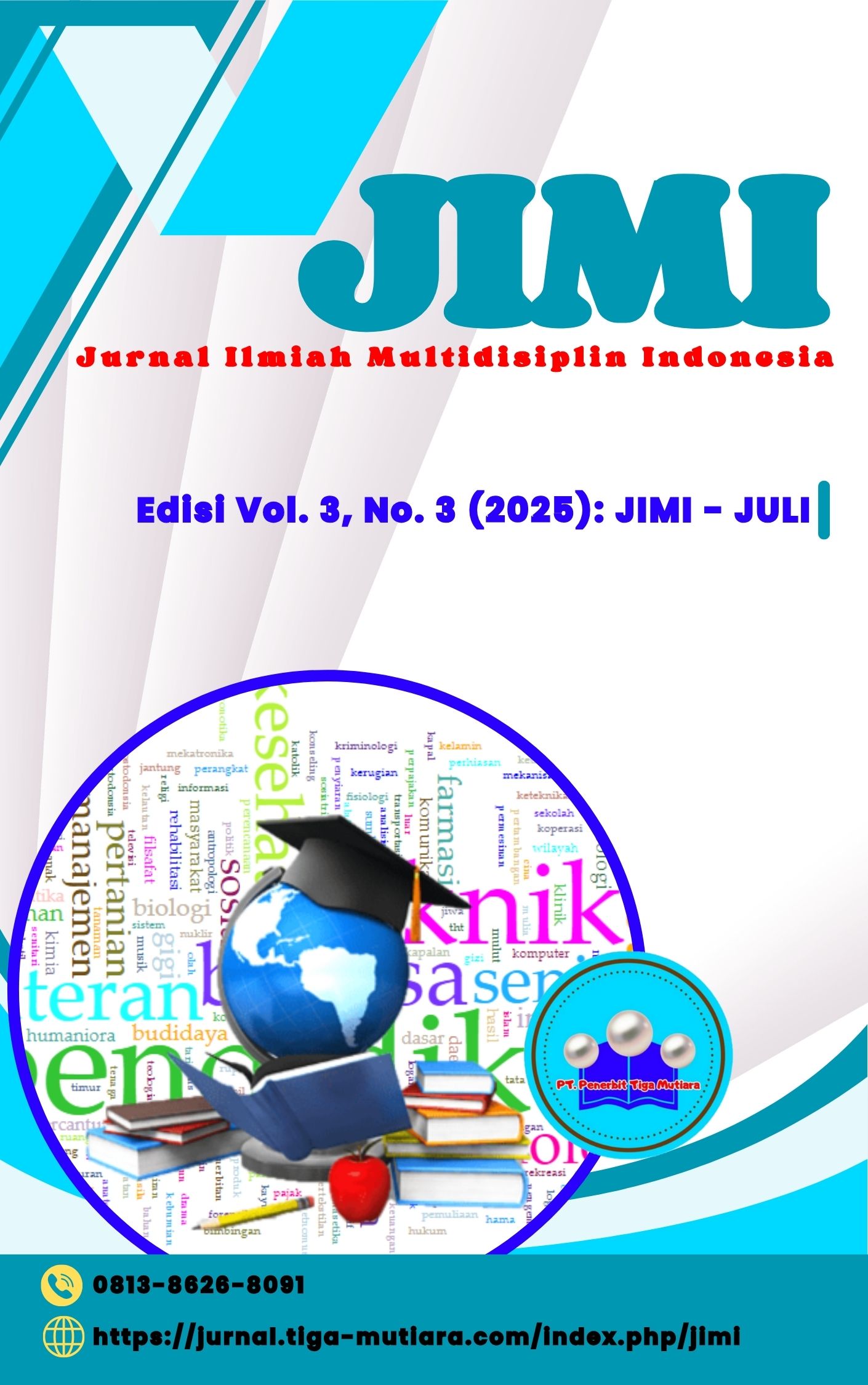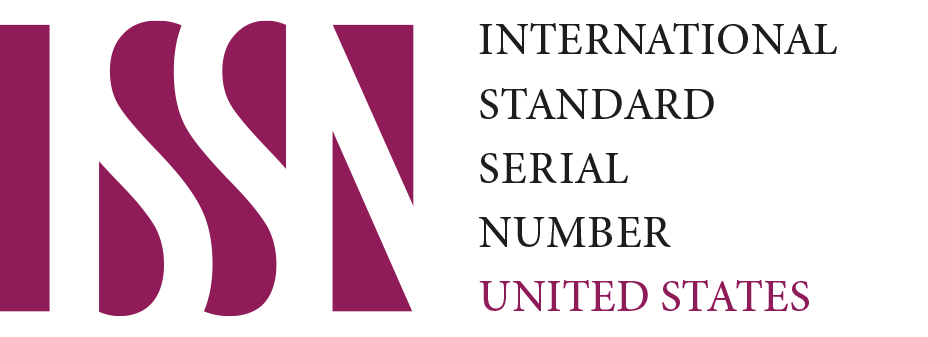Penggunaan Metode Fonik untuk Meningkatkan Kemampuan Membaca pada Anak Slow Learner
DOI:
https://doi.org/10.61404/mutiara.v3i3.412Keywords:
Phonic Method, Reading Proficiency, Slow learner ChildrenAbstract
Reading proficiency is a fundamental skill in primary education; however, children with special needs classified as slow learners often face significant challenges in developing early reading abilities due to limitations in phonological processing. This study aims to examine the effectiveness of the phonic method in improving the reading skills of slow learners through a structured intervention approach. The central research problem addresses how the phonic method can be appropriately adapted to overcome reading difficulties in children with learning delays. The subject of this study was a fifth-grade elementary school student who exhibited marked delays in recognizing letter sounds, constructing words, and understanding simple sentence structures. A case study approach was employed, involving a six-session individualized intervention designed in gradual stages. Each session focused on developing phonological skills, including phoneme identification, blending sounds into syllables, phoneme segmentation, and the introduction of complex patterns such as digraphs and diphthongs. The results demonstrated significant improvement in the subject’s reading ability, evidenced by increased accuracy in letter-sound recognition, reading simple words, and constructing short sentences. Although minor errors in pronunciation and word structure persisted, the subject’s consistent progress throughout the intervention confirmed the phonic method as an effective and applicable approach to teaching reading to slow learners. In conclusion, the phonic method successfully addressed phonological barriers through strategies tailored to the learner’s cognitive profile. The novelty of this study lies in its implementation of the phonic method as a step-by-step phonological intervention model within the context of inclusive primary education an area that remains underexplored and underutilized in both educational practice and research in Indonesia.
Downloads
References
Ardianti, Sekar Dwi, Savitri Wanabuliandari, dan Esti Wijayanti. “Need Analysis of ‘Si Eco’ Ethno-Confidence Game for Slow learner Students.” Jurnal Ilmiah Sekolah Dasar 5, no. 3 (2021): 461–470. https://ejournal.undiksha.ac.id/index.php/JISD/article/view/39534.
Ariyanti, Fitri. “Penggunaan Metode Fonik (Phonic Method) untuk Meningkatkan Kemampuan Membaca Anak Disleksia di Kelas 1 SD Negeri 187/1 Teratai.” IJoER: Indonesian Journal of Education Research 3, no. 1 (2022): 16–20. https://cahaya-ic.com/index.php/IJoER/article/view/552.
Bendak, Lama. “Effects of Applying Repeated Readings Method on Reading Fluency and Passage Comprehension of Slow learners.” World Family Medicine Journal 16, no. 1 (2018): 232–237. https://platform.almanhal.com/Reader/Article/113198.
Borah, Rashmi Rekha. “Slow learners: Role of Teachers and Guardians in Honing their Hidden Skills.” International Journal of Educational Planning and Administration 3, no. 1 (2013): 139–143. https://www.ripublication.com/ijepa/ijepav3n2_04.pdf.
Cooter, Kathleen S., dan Robert B. Jr. Cooter. “One Size Doesn’t Fit All: Slow learners in the Reading Classroom.” The Reading Teacher 57, no. 7 (2004): 680–684. https://www.proquest.com/openview/c741f1906864a6c3c9336c64d1995465/1?pq-origsite=gscholar&cbl=41358.
Dalman. Menulis Karya Ilmiah. Depok: Rajagrafindo Persada, 2015.
Eissa, Mourad Ali. “The Effect of a Phonological Awareness Intervention Program on Phonological Memory, Phonological Sensitivity, and Metaphonological Abilities of Preschool Children at-Risk for Reading Disabilities.” Psycho-Educational Research Reviews 3, no. 2 (2014): 71–83. https://perrjournal.com/index.php/perrjournal/article/view/359.
Garnida, Dadang. Pengantar Pendidikan Inklusif. Cet. 1. Bandung: Refika Aditama, 2015.
Hasibuan, Heni Yunilda, Syamsuri, Cecep Anwar Hadi Firdos Santosa, dan Aan Subhan Pamungkas. “Profil Pembelajaran Matematika pada Anak Berkebutuhan Khusus Ragam Slow learner di Kelas Inklusif SMP Garuda Cendekia Jakarta.” Journal of Medives: Journal of Mathematics Education IKIP Veteran Semarang 4, no. 1 (2020): 37–51. https://e-journal.ivet.ac.id/index.php/matematika/article/view/993.
Jarniah. “Efektivitas Penggunaan Metode Fonik terhadap Peningkatan Kemampuan Membaca Permulaan Siswa Tunagrahita Kelas III di SLB Negeri 1 Tapin.” Dewantara: Jurnal Pendidikan Sosial Humaniora 2, no. 4 (2023): 209–217. https://jurnaluniv45sby.ac.id/index.php/Dewantara/article/view/1794.
Kaur, Parneet, Manpreet Singh, dan Gurpreet Singh Josan. “Classification and Prediction Based Data Mining Algorithms to Predict Slow learners in Education Sector.” Procedia Computer Science 57 (2015): 500–508. https://www.sciencedirect.com/science/article/pii/S1877050915019018?via%3Dihub.
Kaznowski, Kimberly. “Slow learners: Are Educators Leaving Them Behind?” NASSP Bulletin 88, no. 641 (2004): 31–45. https://eric.ed.gov/?id=EJ747958.
Krishnakumar, P., A.M. Jisha, Sowmya K. Sukumaran, dan M.K.C. Nair. “Developing a Model for Resource Room Training for Slow learners in Normal Schools.” Indian Journal of Psychiatry 53, no. 4 (2011): 336–339. https://journals.lww.com/indianjpsychiatry/fulltext/2011/53040/developing_a_model_for_resource_room_training_for.10.aspx.
Marlina. Asesmen Kesulitan Belajar. Jakarta: Kencana, 2019.
Muammar. Membaca Permulaan di Sekolah Dasar. Mataram: Sanabil, 2020.
Mumpuniarti, Rendy Roos Handoyo, Diajeng Tyas Phytanza, dan Dewi Barotuttaqiyah. “Teacher’s Pedagogy Competence and Challenges in Implementing Inclusive Learning in Slow learner.” Cakrawala Pendidikan 39, no. 1 (2020): 217–229. https://journal.uny.ac.id/index.php/cp/article/view/28807.
Mutoffar, Muhamad Malik, Eliza, dan Lilis Yuyun. Pintar Literasi dan Numerasi: Panduan Praktis untuk Guru/Dosen dan Orang Tua. Pekalongan: PT. Nasya Expanding Management, 2024.
Noor, Violeta Hasan, Rozainee Khairudin, Wan Shahrazad Wan Sulaiman, dan Lai Oon Ng. “The Effectiveness of Fluency Building Technique in Teaching Phonic and Vocabulary to Improve Reading Outcome in Slow learner Children.” Jurnal Psikologi Malaysia 36, no. 2 (2022): 53–65. https://spaj.ukm.my/ppppm/jpm/article/view/751.
Pakpahan, Tania Amara Br., Almi Waina, dan Farhan Syaukani. “Pembelajaran Membaca Berbasis Pendidikan Karakter.” MUDE: Jurnal Multidisiplin Dehasen 1, no. 3 (2022): 387–398. https://jurnal.unived.ac.id/index.php/mude/article/view/2621.
Panel, N. R. “Teaching Children to Read: an Evidence-Based Assessment of the Scientific Research Literature on Reading and its Implications for Reading Instruction.” In National Institute of Health. Washington DC: National Institute of Child Health and Human Development, 2000.
Pratama, L. D., dan W. Setyaningrum. “Game-Based Learning: The Effects on Student Cognitive and Affective Aspects.” In The 5th International Conference on Research, Implementation, & Education of Mathematics and Sciences. Vol. 1097. Yogyakarta: Journal of Physics: Conference Series, 2018. https://iopscience.iop.org/article/10.1088/1742-6596/1097/1/012123.
Priadana, Sidik, dan Denok Sunardi. Metode Penelitian Kuantitatif. Tangerang: Pascal Books, 2021.
Rasinski, Timothy, dan Chase Young. Effective Instruction for Primary Srade Students Who Struggle with Reading Fluency. England: Emerald Publishing Limited, 2017.
Rohma, Wulidatul. “Strategi Guru dalam Mengembangkan Kemampuan Membaca Permulaan: Studi Penggunaan Metode Fonik pada Kelompok A.” Al Bustan: Jurnal Studi Islam dan Sosial Keagamaan 1, no. 1 (2024): 56–70. https://ejournal.stairaya.ac.id/index.php/srm/article/view/9.
Salim, Abdul. “The Prevalence of Children with Special needs In Inclusive Elementary Schools in Iodine Deficiency Area.” Dije 1 (2013): 40–46. chrome-extension://efaidnbmnnnibpcajpcglclefindmkaj/https://core.ac.uk/download/pdf/290169067.pdf.
Satriawan, Wawan, Tatiana Meidina, dan Dwiyatmi Sulasminah. “Improving Beginning Reading Ability Through Phonics Methods in Autistic Students at Inclusion Quantum Brain Elementary School Makassar.” Pinisi Journal of Education 3, no. 5 (2023): 261–267. https://ojs.unm.ac.id/PJE/article/view/51669.
Snow, C E. What Count as Literacy in Early Childhood? Diterjemahkan oleh K McCartn). Malden, MA: Blackwell Publishing, 2006.
Suhadarliyah, Suryani Hartati, Zaenurrosyid, Dahlia Amelia, Balla Wahyu Budiarto, Yoseb Boari, Subur Manullang, dan A. Besse Dahliana. Metodologi Penelitian Kuantitatif. Pidie: Yayasan Penerbit Muhammad Zaini, 2023.
Taufiq, Moh, dan Choirus Sholihin. “Pengaruh Metode Fonik dengan Media Flash Card dalam Meningkatkan Kemampuan Membaca Siswa.” EL BANAT: Jurnal Pemikiran dan Pendidikan Islam 12, no. 2 (2022): 302–317. https://ejournal.kopertais4.or.id/susi/index.php/elbanat/article/view/3721.
Tortorelli, Laura S. “Off to a Slow Start: Four Profiles of Slow Readers in Second Grade.” Reading Psychology 39, no. 7 (2018): 647–689. https://www.tandfonline.com/doi/full/10.1080/02702711.2018.1515134.
Yusuf, Munawir, Endang Widyorini, dan Julia Maria van Tiel. Cerdas Istimewa di Kelas Inklusi. Jakarta: Prenada Media, 2020.
Downloads
Published
How to Cite
Issue
Section
License
Copyright (c) 2025 *Sholikhatun Nisa, Rudi Cahyono

This work is licensed under a Creative Commons Attribution-ShareAlike 4.0 International License.













